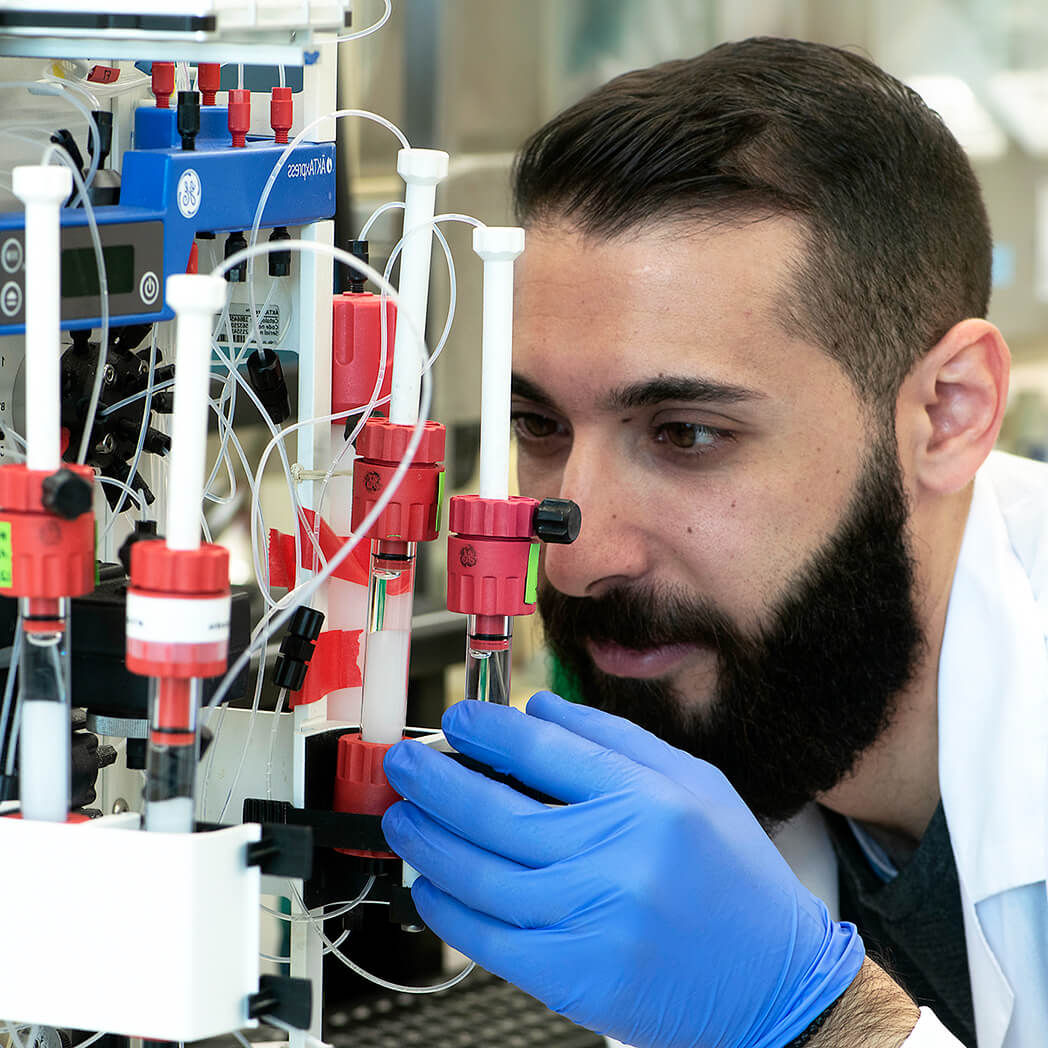Overview
Application key:
Species reactivity key:
Specifications
- Peptide (C)EEAGPAGEPRGSQAS, corresponding to amino acid residues 147-161 of human HCN2 (Accession Q9UL51). Intracellular, N-terminus.
Applications
Scientific Background
Hyperpolarization-activated cation currents (Ih) appear in the heart and the brain having crucial role in controlling electrical pacemaker activity, contributing to biological processes such as heartbeat, sleep-wake cycle and synaptic plasticity.1,2
The Ih currents are generated by the hyperpolarization-activated cyclic nucleotide-gated channel family (HCN), which comprises four homologous members, named HCN1-4. Each HCN subunit consist of six transmembrane domains (TM), a pore region between TM5-TM6 and a binding domain to cyclic nucleotides (CNBD) in the cytoplasmic C-terminus.2
The HCN subunits can form functional homomers and can also co-assemble into functional heteromers.2
The channels are closely related to each other and share homology of about 60%. However, they are diverging from each other in their cytoplasmic N- and the C-terminus. The channels HCN1-4 mainly differ from each other with regard to their speed of activation and the extent by which they are modulated by cAMP. HCN1 is the fastest channel, followed by HCN2, HCN3 and HCN4.2,3
HCN2 is the most abundant neuronal channel and is found almost ubiquitously in the brain.3

